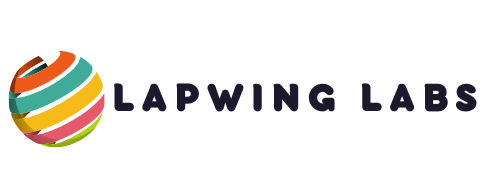With the rise of AI usage in most industries, the tech world is changing at a more rapid pace. We have to keep up, and every little detail can make a difference in our jobs.
Having a standout resume is crucial, and the format you choose can significantly impact how your qualifications are perceived.
Here, we will explore three primary resume formats and their suitability for different career stages in tech.
We’ll cover when to use each format, their pros and cons, and provide examples for clarity.
Run your resume through a CV checker to ensure it beats the applicant tracking system and stands out from the rest.
Chronological Resume
When to Use:
A chronological resume is best for professionals with a consistent work history in the tech industry. It’s particularly suitable for those who have steadily advanced in their careers, as it highlights your progression and experience in a clear, linear format.
Pros:
• Easy to Follow: Hiring managers can quickly see your career progression and job history.
• ATS-Friendly: Most Applicant Tracking Systems (ATS) are designed to scan chronological resumes effectively.
• Professional Appearance: It provides a structured and organized look, which many recruiters prefer.
Cons:
• Gaps in Employment: Any gaps in your work history are more apparent.
• Less Focus on Skills: Emphasizes work history over skills and accomplishments.
Example:
[Your Name]
[Contact Information]
Professional Experience
————————
Software Engineer | XYZ Tech Solutions | January 2019 – Present
– Developed and maintained web applications using JavaScript, React, and Node.js.
– Collaborated with cross-functional teams to design and implement new features.
– Improved application performance by 20% through code optimization.
Junior Developer | ABC Innovations | June 2016 – December 2018
– Assisted in the development of mobile applications using Java and Kotlin.
– Participated in code reviews and contributed to team knowledge-sharing sessions.
Functional Resume
When to Use:
A functional resume is ideal for career changers, recent graduates, or those with gaps in their employment history.

It emphasizes skills and abilities over chronological work experience, making it a good choice for individuals who have relevant skills but may need a more extensive work history in tech.
Pros:
• Skill Emphasis: Highlights your technical skills and abilities, which is beneficial if you have limited work experience.
• Hides Gaps: Less focus on dates and employment history, which can help if you have gaps in your resume.
Cons:
• Less Common: Not as widely used in the tech industry, which might make it less familiar to some hiring managers.
• ATS Challenges: This may not be as easily parsed by some Applicant Tracking Systems, potentially affecting your chances of getting noticed.
Example:
[Your Name]
[Contact Information]
Skills
——
– Programming Languages: Python, JavaScript, C++
– Web Development: HTML, CSS, React, Angular
– Database Management: SQL, MongoDB
– Cloud Computing: AWS, Azure
Professional Experience
————————
– Developed and deployed a cloud-based inventory management system using AWS, resulting in a 30% increase in operational efficiency.
– Led a team project to create a mobile app using React Native, which was downloaded over 10,000 times within the first month of release.
– Conducted data analysis using Python and SQL to improve marketing strategies, leading to a 15% increase in customer retention.
Combination Resume
When to Use:
A combination resume is best for experienced professionals who want to showcase their extensive skills while also providing a detailed work history.

It’s ideal for those with a robust set of technical skills and significant professional experience in tech.
Pros:
• Balanced Approach: Combines the strengths of chronological and functional resumes by highlighting both skills and work experience.
• Versatile: Suitable for a wide range of career stages, from mid-level to senior professionals.
Cons:
• Length: This can become lengthy if not well-organized, making it harder for recruiters to scan quickly.
• Complex Layout: Requires careful formatting to ensure clarity and readability.
Example:
[Your Name]
[Contact Information]
Skills
——
– Programming Languages: Java, Python, Ruby
– DevOps: Docker, Kubernetes, Jenkins
– Data Analysis: R, SQL, Tableau
Professional Experience
————————
Senior Software Developer | Tech Innovators | March 2020 – Present
– Designed and implemented microservices architecture using Docker and Kubernetes.
– Automated CI/CD pipelines with Jenkins, reducing deployment time by 40%.
Software Developer | CodeCrafters Inc. | July 2015 – February 2020
– Developed backend services using Java and Spring Boot.
– Improved database performance and reliability through optimization and regular maintenance.
Junior Developer | Web Wizards | January 2013 – June 2015
– Assisted in front-end development using HTML, CSS, and JavaScript.
– Participated in agile sprints and contributed to codebase maintenance.
In closing, whether you opt for a chronological, functional, or combination resume, be certain it showcases your strengths and aligns with industry standards.
Tailoring your resume to your career stage and the job you desire will increase your chances of success in the competitive tech landscape.



